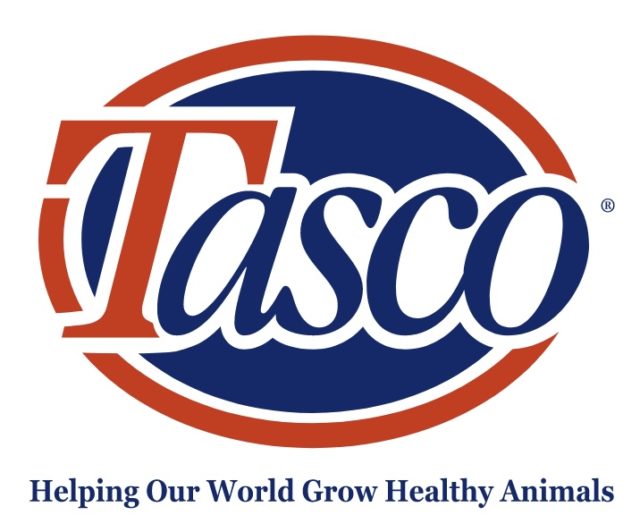This month’s VAS DC305 tip of the month is on replacement management. On many dairies, improvement in replacement management offers significant opportunity for economic gains.
Replacement animals represent the economic future of the dairy in these three ways:
- They have the best genetics of the herd.
- They replace older, less productive animals. Genomics places increased pressure on removing older animals. At times, when the beef prices are high, even more pressure is added.
- They produce a substantial number of the next generation’s heifers, making service sire selection for replacements critically important for continuing the rate of future genetic progress.
Simply put, you need to keep them alive, healthy and growing properly, and getting them pregnant is critical and valuable.
The goals of replacement management should be to:
- Allow the fullest expression of the genetic potential
- Not restrict the supply of superior replacements
Replacement management can preserve future productivity by:
- Maintaining health at a high level
- Limiting mortality
- Achieving proper growth rates
- Becoming pregnant at the proper time
- Having offspring with higher genetic potential
- Removing compromised animals as early as possible
Proper heifer growth is crucial, especially early in life. It is important to monitor them correctly. First, you need to quantify the impact of problems and changes on the heifers. These include diseases (especially diarrhea and pneumonia cases), feeding issues (milk/milk replacer and starter) and passive immunity failures. Next you need to identify issues specific to individual animals and then address the issue, correct the issue or remove the animal from the future replacement pool.
For effective replacement management, it is important that you track the growth of the replacements. In DC305, you are able to do this with an item for the birthweight and an event called MEASURE. This allows you to weigh the heifers at critical times of their lives. Critical times to record a weight, in order of importance, include:
- The most important time to record a weight is at weaning, approximately 61 days of age.
- Next when heifers are moved into a larger group.
- Birthweight is good to have, but can be estimated close enough.
- Then anytime heifers are moved again to a larger group and when moved to the pre-breeding pen.
Traditional early growth monitors were things like “Has the weight doubled from birth to weaning?” or “What is the average daily gain from birth to weaning?” Unfortunately, both of these parameters have serious flaws.
The best way to have an effective replacement program is to weigh animals at the critical times. Unfortunately, not all calves are weaned or weighed at the exact same age. So this makes it difficult to compare and see which animals are really growing better and which are compromised.
By using DC305 GUIDE, you are able to standardize (adjust) the weights of different age animals to a standard age in days (see Figure 1). An example of this is DC305 will take the individual weaned weights and standardize them to 61 days of age. Now you are able to compare individual animals on an equal playing field. This standardization can also be done for the current daily gain. This is different than the average daily gain.
Standardization can be done at (see Figure 2):
- Birth – (weighed 0-13 days)
- 2 months – (weighed 49-73 days)
- 3 months – (weighed 73-109 days)
- 4 months – (weighed 98-146 days)
- 6 months – (weighed 147-219 days)
- 8 months – (weighed 196-292 days)
- 12 months – (weighed 330-402 days)
Once the weights are standardized, you can now assess the weights and see the distribution of the weights over time and see trends (see Figure 3). Consistency is important, so be sure to pay attention to the width of the distribution (see Figure 4).
Dr. Robert Corbett has shown data that the current daily gain has more of an effect on the future production of an animal than the age at first calving. With heifer replacements being the future of the dairy operation, it is extremely important that you have a good replacement management program in place and are taking weights at critical times in their lives.
– Article submitted by VAS







